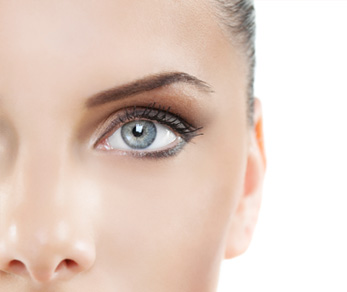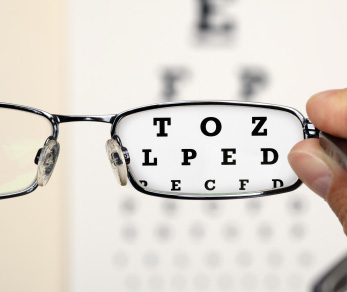Public
Your eye sight is important to us Below are some of the eye conditions you might be suffering from. With early detection from your Optom and Verification from our Panel.
Your eye sight is important to us.
The Healthcare Industry has become extremely complex in the last few years and not only do doctors find it difficult to operate in such environment, but patients often do not understand the exact nature of their medical cover and what their responsibilities are as well as what they may and may not do.
For this reason, AVI has decided to put out this short information document to assist patients in getting a better understanding of their rights.


Common Eye Problems.
- Presbyopia. This is the loss of the ability to clearly see close objects or small print. It is a normal process that happens slowly over a lifetime, but you may not notice any change until after age 40. Presbyopia is often corrected with reading glasses.
- Floaters. These are tiny spots or specks that float across the field of vision. Most people notice them in well-lit rooms or outdoors on a bright day. Floaters often are normal, but can sometimes indicate a more serious eye problem, such as retinal detachment, especially if they are accompanied by light flashes. If you notice a sudden change in the type or number of spots or flashes you see, visit your eye doctor as soon as possible.
- Dry eyes. This happens when tear glands cannot make enough tears or produce poor quality tears. Dry eyes can be uncomfortable, causing itching, burning, or rarely some loss of vision. Your eye doctor may suggest using a humidifier in your home, special eye drops that simulate real tears, or plugs that are placed in tear ducts to decrease tear drainage. Your doctor may also recommend a new procedure called Lipiflow that uses heat and pressure to treat dry eyes.
- Tearing. Having too many tears can come from being sensitive to light, wind, or temperature changes. Protecting your eyes by shielding them or wearing sunglasses can sometimes solve the problem. Tearing may also mean that you have a more serious problem, such as an eye infection or a blocked tear duct. Your eye doctor can treat or correct both of these conditions.
- Cataracts. Cataracts are cloudy areas that develop within the eye lens. Since the lens in a healthy eye is clear like a camera lens, light has no problem passing through the lens to the back of the eye to the retina where images are processed. When a cataract is present, the light cannot get through the lens as easily and, as a result, vision can be impaired. Cataracts often form slowly, causing no pain, redness, or tearing in the eye. Some stay small and do not alter eyesight. If they become large or thick, cataracts can usually be removed by surgery.
- Glaucoma. This condition occurs when there is a typical and progressive deterioration of the optic nerve. Glaucoma is often associated with an increased pressure of the eye. The eye is like a tire that generally has a normal and safe pressure. When this pressure is increased, it can be associated with damage to the optic nerve; this is called primary open angle glaucoma.